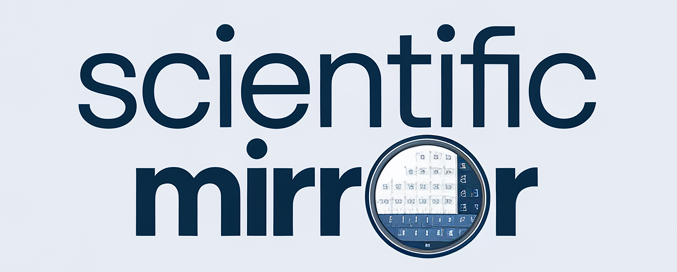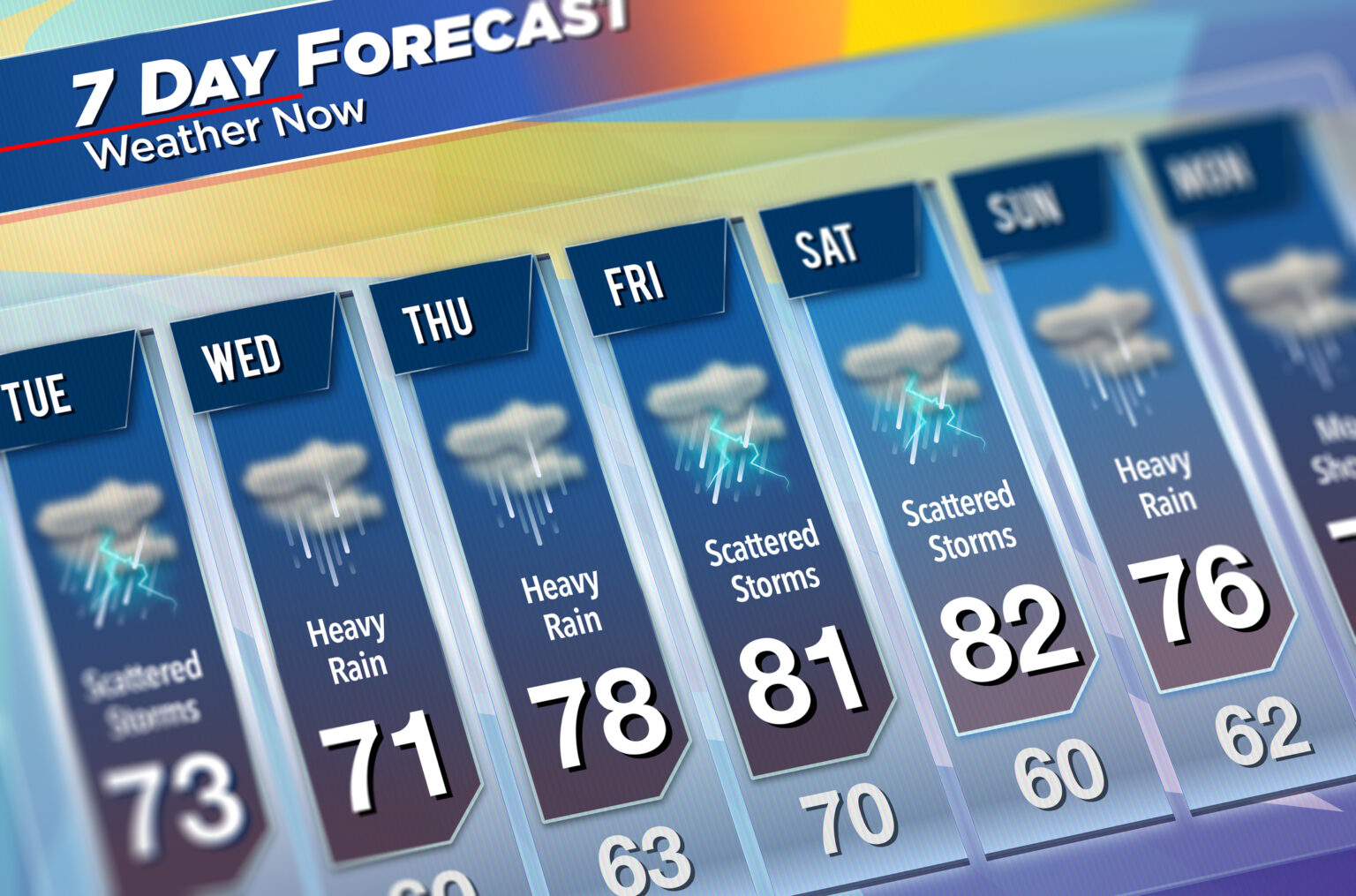Weather forecasts might seem like magic, but they’re actually powered by a lot of data and some seriously cool science. Meteorologists collect and analyze all kinds of information to predict what’s coming, whether it’s a sunny weekend or a raging storm. Here are ten ways data is used to figure out what’s happening in the skies.
Gathering Data from Weather Stations
Weather stations are like data hubs for the atmosphere. They measure temperature, humidity, wind speed, and air pressure. By collecting this information from thousands of stations worldwide, meteorologists get a real-time snapshot of the weather. It’s the first step in predicting what’s next.
Tracking Clouds with Satellites
Satellites orbiting Earth take incredible images of clouds and weather systems. These high-tech tools also collect data on things like cloud cover, storm movement, and temperature changes in the atmosphere. This bird’s-eye view helps forecasters spot patterns that aren’t visible from the ground.
Monitoring Ocean Temperatures
The ocean plays a huge role in shaping the weather. Buoys floating in the sea gather data on water temperature, salinity, and currents. This information is crucial for predicting events like hurricanes or El Niño, which can impact global weather patterns.
Analyzing Radar Data
Radars are the ultimate storm watchers. They send out radio waves to detect precipitation like rain, snow, or hail. By analyzing how these waves bounce back, meteorologists can estimate storm intensity and track its path. This is especially handy for severe weather warnings.
Using Weather Balloons
Weather balloons might sound old-school, but they’re still essential. These balloons carry instruments that measure temperature, humidity, and pressure as they rise through the atmosphere. The data they collect helps build a vertical profile of the weather, which is key for understanding larger systems.
Studying Wind Patterns
Wind doesn’t just blow in random directions—it follows patterns that influence weather. Meteorologists use data from weather stations, aircraft, and satellites to study wind speeds and directions. This helps them predict how storms move and where they’ll hit next.
Running Data Through Supercomputers
Once all the data is collected, it’s time for supercomputers to take over. These powerful machines process weather models, using algorithms to simulate how the atmosphere will behave. The more data they crunch, the more accurate the forecasts become.
Combining Historical Data
Sometimes, the best way to predict the future is to look at the past. Meteorologists use historical weather data to identify patterns and trends. For example, if similar conditions happened before, it gives clues about what might happen next.
Mapping Severe Weather Risks
Data is critical for predicting extreme weather like tornadoes and hurricanes. By analyzing temperature, wind shear, and moisture levels, meteorologists can assess the likelihood of severe weather. This information helps keep people safe by giving them time to prepare.
Predicting Long-Term Climate Trends
Weather prediction isn’t just about tomorrow—it’s also about the future. Data collected over decades is used to study climate patterns and predict long-term trends. This helps us understand how global warming might affect things like rainfall, droughts, and extreme temperatures.
Data might seem like just numbers on a screen, but when it comes to weather, it’s a lifesaver. From satellites to supercomputers, this information helps us understand the atmosphere, stay safe, and maybe even plan that perfect picnic. Science and technology make it all possible!

